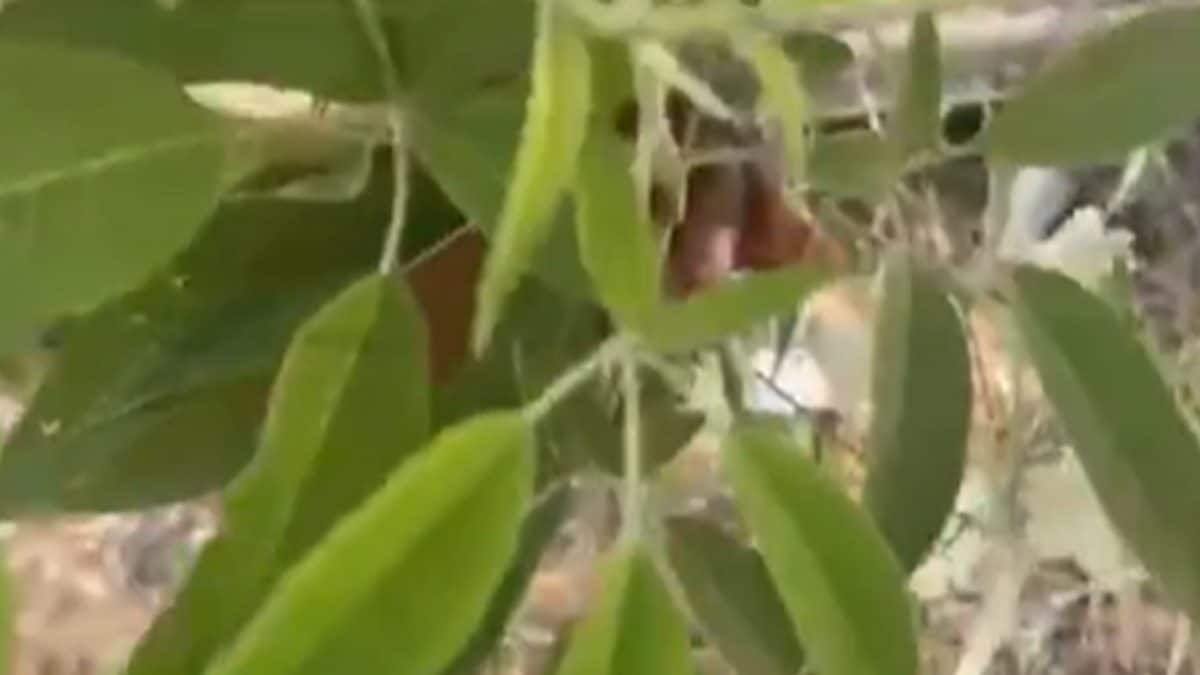Nochi leaves can also be used to relieve body pain.
You will be asked to prepare a mixture by adding Nochi leaves and camphor in boiling water.
Nochi is one of the notable herbs that have been widely used in Ayurveda and Siddha healing systems. It is known for its excellent therapeutic properties and various purposes, since ancient times. A large section of people are not aware of the health benefits associated with Nochi and therefore its use is limited to villages only. According to Local 18 Tamil, Nochi leaves can also be used to treat lung diseases. To use these herbs for lung treatment, you will need to prepare a concoction by adding Nochi leaves and camphor leaves in boiling water. You should then inhale the vapor that arises from this mixture, which is said to remove mucus from the lungs, also known as phlegm or sputum. Mucus is a common symptom in chronic lung diseases such as COPD (chronic bronchitis and emphysema), cystic fibrosis, bronchiectasis, NTM lung disease or asthma.
Apart from lung related ailments, Nochi leaves can also be used to relieve body pain. As of now, Nochi plants are sold on a large scale in Chennai and those who do not live in this state can also grow these plants in their homes using just one of its branches.
The scientific name of this plant is Vitex Negundo and it is native to South Africa. It can grow to a height of 8 meters and belongs to Lamiaceae, the mint family of flowering plants. Lamiaceae, the mint family of flowering plants, with 236 genera and more than 7,000 species, is the largest family in the order Lamiales. Nochi is also called Sarvaroganivarini or “all-cure” medicine and is a powerful anti-inflammatory, vermifuge, alterative and astringent herb.
According to a report in the Times of India, the Chennai corporation had used Nochi plants as a mosquito repellent. The former Chennai mayor had told TOI, “Through the parks department, we will distribute it to households along canals and plant it along the banks of waterways. The plant reportedly contains vinocidal alkaloids, a chemical that keeps mosquitoes and flies away.”












